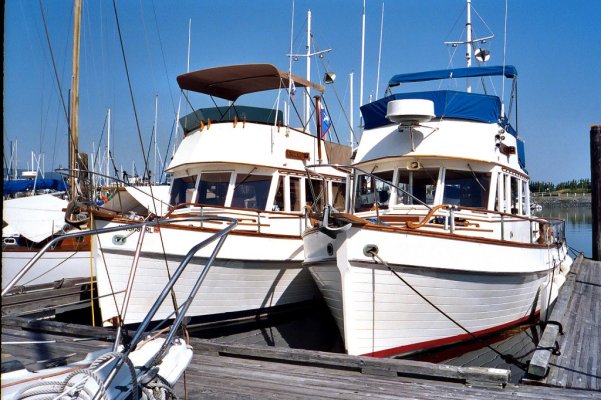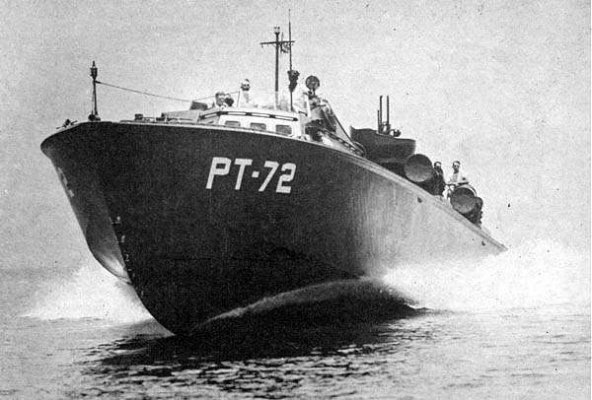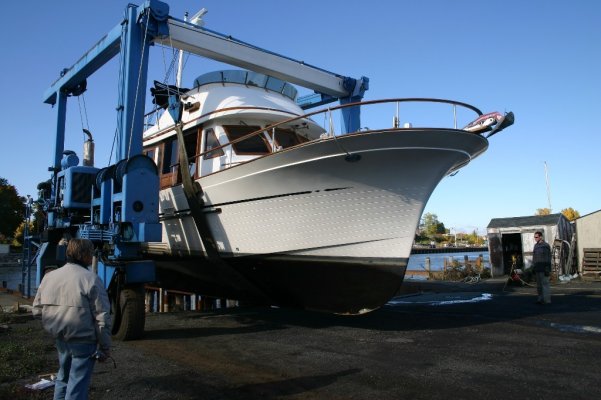dvd
Senior Member
Driving up to Providence RI tomorrow to deliver our new (to us) 1987 Hershine 37 trawler down to the Chesapeake. It's in OK, but not perfect, shape, so I have a plan A, Plan B and Plan C in place just in case. Assuming everything goes with Plan A, we'll leave Providence the first of the week and head down Long Island Sound, passing through NYC on Thursday or Friday. The big unknown will be the weather for the passage off of NJ so we plan on hanging out in either Kills Harbor or Sandy Hook (depending on wind direction) and hopefully jump down the outside to Atlantic City then Cape May. We'd prefer not to do the NJ ICW, but will if the weather is not compatible with the outside route.
We're new to the East Coast (lots of cruising in the Pacific North Wet) so things are a bit different than we're used to. Luckily, we're not bound by a tight schedule, so we may be reading some good books waiting for the appropriate weather windows.
Any and all advice cheerfully listened to (but no guarantee that it will be complied with).
*
Thanks,
dvd
-- Edited by dvd on Saturday 20th of August 2011 07:16:15 PM
We're new to the East Coast (lots of cruising in the Pacific North Wet) so things are a bit different than we're used to. Luckily, we're not bound by a tight schedule, so we may be reading some good books waiting for the appropriate weather windows.
Any and all advice cheerfully listened to (but no guarantee that it will be complied with).
*
Thanks,
dvd
-- Edited by dvd on Saturday 20th of August 2011 07:16:15 PM










